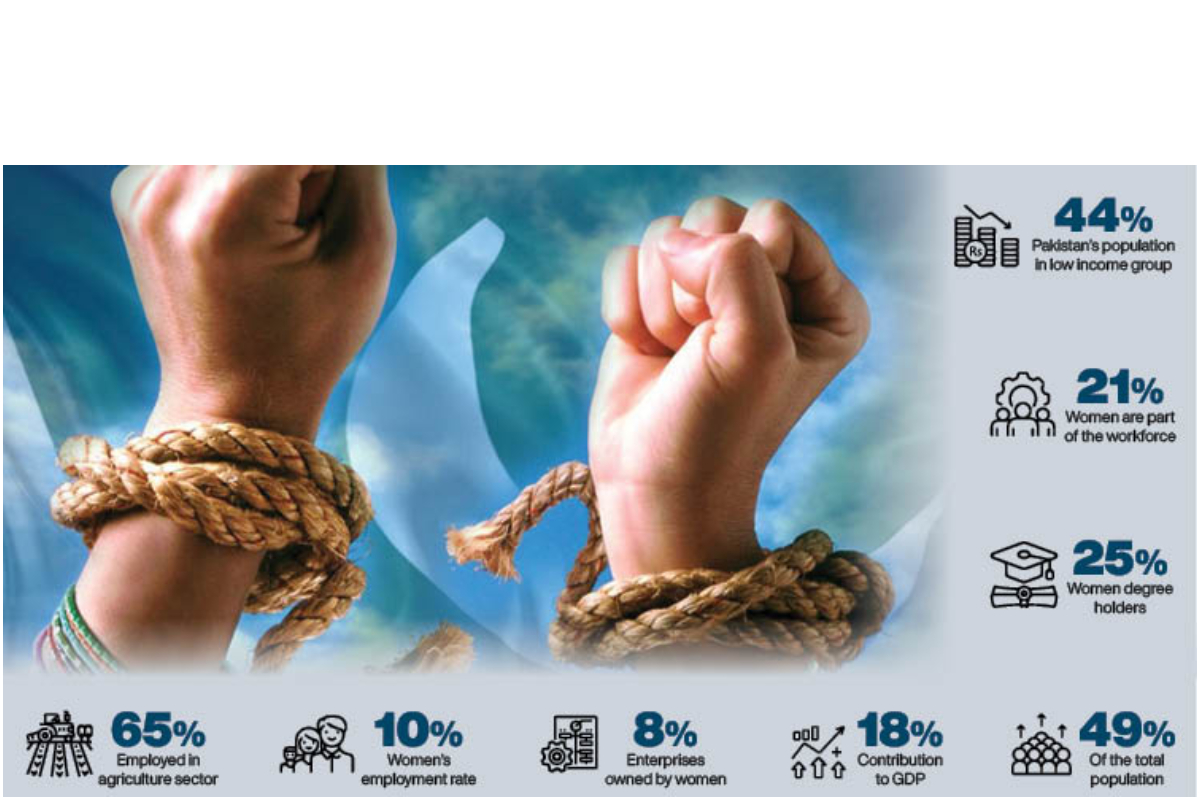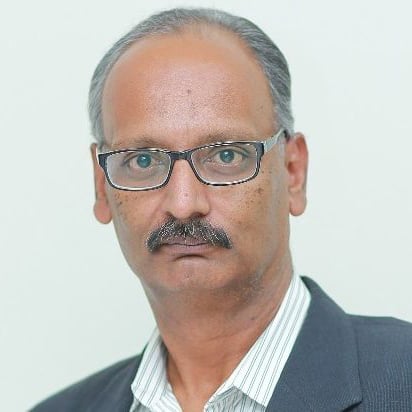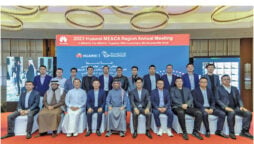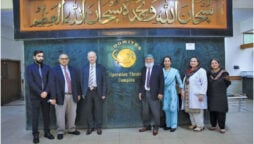
Gender equality is the fundamental right of every human being. There are vast gaps in access to opportunities and decision-making between men and women. It is a fact that women have low penetration in the job market, with less access to education, higher health and safety risks and less representation in the political arena.
Pakistan is celebrating its 75 years of independence this year, yet it has to exploit its youth population, especially girls, to improve the economic progress and expansion in the skilled workforce.
According to estimates, approximately 44 per cent of Pakistan’s population is part of the low income group. Similarly, only 21 per cent women are part of the workforce — with only 25 per cent of them having a university degree.
As the economic activities slowed down, it is critical to evaluate all drivers and the size of the labour force.
Despite 49 per cent of the total population, a minimal number of Pakistani women are on top positions in an organisation, whether in the public sector or in the private entities.
As the per capita income has witnessed a significant decline over the years in the country, active women participation is the need of the hour to improve the situation. Another problem, which our women are facing is the unpaid work they do, especially in the rural areas, where they were not paid for carrying out their responsibilities in the agriculture fields, besides taking care of their household chores.
Pakistan has the lowest number of entrepreneurs in the world, and of these, only 8 per cent enterprises are owned by women. This clearly indicates that empowering women in the economy is still an untapped potential, which needs to be exploited to drive the growth and revive the staggering economy.
Pakistan’s GDP can be improved by around 60 per cent by 2025, if women were given equal opportunities in the workforce. According to reports, the country has the lowest level of gender parity, compared with other South Asian states.
Here we can consider the economic development of Bangladesh in a short span of time. During the earlier years after its independence the country had faced alarming levels of poverty but it took measures, which revive its economy.
The living standards for the Pakistan’s rural women, including the lack of access to health and education are a major hurdle in their economic empowerment.
The unavailability of education, health and the absence from the formal economy result in low levels of essential skillsets and financial independency. Due to these structural and cultural challenges, Pakistan ranks only 129 of the 165 countries on the Sustainable Development Goals (SDG) ranking of 2021 and has exhibited dismal performance, particularly on the gender equality goals.
A comparative study showed that the women unemployment rate in Pakistan has increased to 10 per cent from 9 per cent, while Bangladesh has shown a remarkable progress in women inclusion in the workforce, leading towards a positive impact on its economy.
Another key factor hampering the inclusion of women in business is the cultural and institutional authoritarianism, where a girl child is being considered an encumbrance. Poor educational and health facilities, restrictions on her mobility, early and forced marriages, the lack of division of domestic chores with male counterparts, unfavourable working conditions, discriminatory treatment and low wages all prevent women from actively participate in the country’s economy. To improve the participation of women in the economy, Pakistan needs to focus on raising the living standards of women and an increased gender equality.
Pakistan can replicate Bangladesh’s developmental strategy in which all the stakeholders — state, civil society and international donors — can primarily focus on women’s education and healthcare. An educated woman is the key to economic development.
Pakistan’s agricultural sector employs around 65 per cent of women, contributing over 18 per cent to the GDP. The modernisation in the agriculture sector could support women in familiarising with the innovative technological practices, as well as empowering them.
Similarly, Pakistan needs women-centric strategies to address the issue of the lack of gender parity. Besides, the government’s plan to enhance exports under the Strategic Trade Policy Framework (STPF 2020/25) also needs a commitment from the government to include women in every sector and support them.
The gender gap vary in scale from one country to another and take different forms — from physical violence and deprivations to unequal opportunities in work life.
The World Health Organization (WHO) estimates that over one in three women worldwide will experience violence in their lifetime. Sadly, the risk of being subject to violence increases in the times of distress. The gender disparities also take shape in unequal opportunities to participate fully in the economic life.
As the World Bank Group’s Women, Business and the Law 2020 says: “Equality of opportunity is good economics.” Indeed, it is estimated that women’s lagging participation in employment and entrepreneurship cost the world around 15 per cent of its GDP, it added.
In considering the “full potential” scenario in which women participated in the economy identically to men, the McKinsey Global Institute said that this would add $28 trillion (26 per cent) to the annual global GDP by 2025, compared with the business, as usual.
Of the indicators used to measure gender parity, the McKinsey Global Institute identified four specific issues — education, financial and digital inclusion, legal protection and unpaid care work — that, if addressed, will do the most to achieve gender equality at work and generate significant progress towards realising the economic gains.
The USAID had already initiated investment programmes in education, health and better livelihoods for the Pakistani women. Pakistan can also allocate certain budget for women in collaboration with the USAID and other such entities who are making efforts to empower women across the world.
Investment in women boosts economic development, competitiveness, job creation and GDP. The government institutions and international organisations should focus on women-centric developmental policies to endorse their economic empowerment at the local level. These strategies can help invest in the women education, healthcare and encourage entrepreneurship to build skilled women workforce. These measures will ultimately contribute to the economic growth of the country.
Pakistani women have enormous potential and talent to deliver in various sectors of the economy, including trade and investment, governance and leadership. Like other countries, educated and skilled women workers could play a vital role not only in the betterment of the society but also in the sustainable development of the country.
This is an important issue to raise. Availability of adequate childcare facilities is the need of the hour in Pakistan. Women are denied promotions and sometimes even jobs with a presumption that they won’t be able to put in long hours because of their responsibilities at home.
Instead of denying them opportunities altogether, the government, businesses and each and every one of us should play a key role in reducing the gender gap by sharing our experiences with the young generation, especially women, to empower them overcome social clichés.
Catch all the Economic Pulse News, Breaking News Event and Latest News Updates on The BOL News
Download The BOL News App to get the Daily News Update & Live News.








 Read the complete story text.
Read the complete story text. Listen to audio of the story.
Listen to audio of the story.